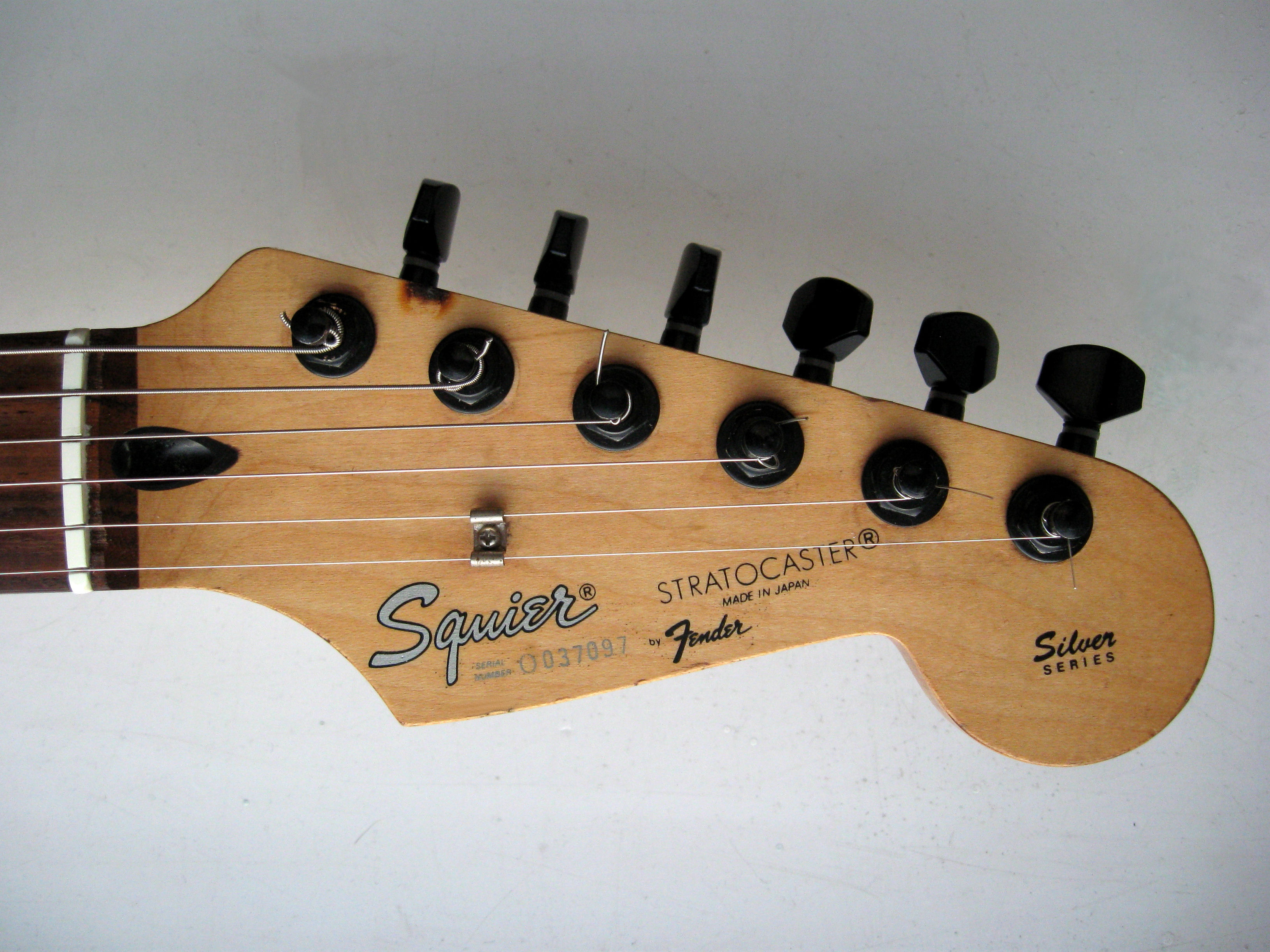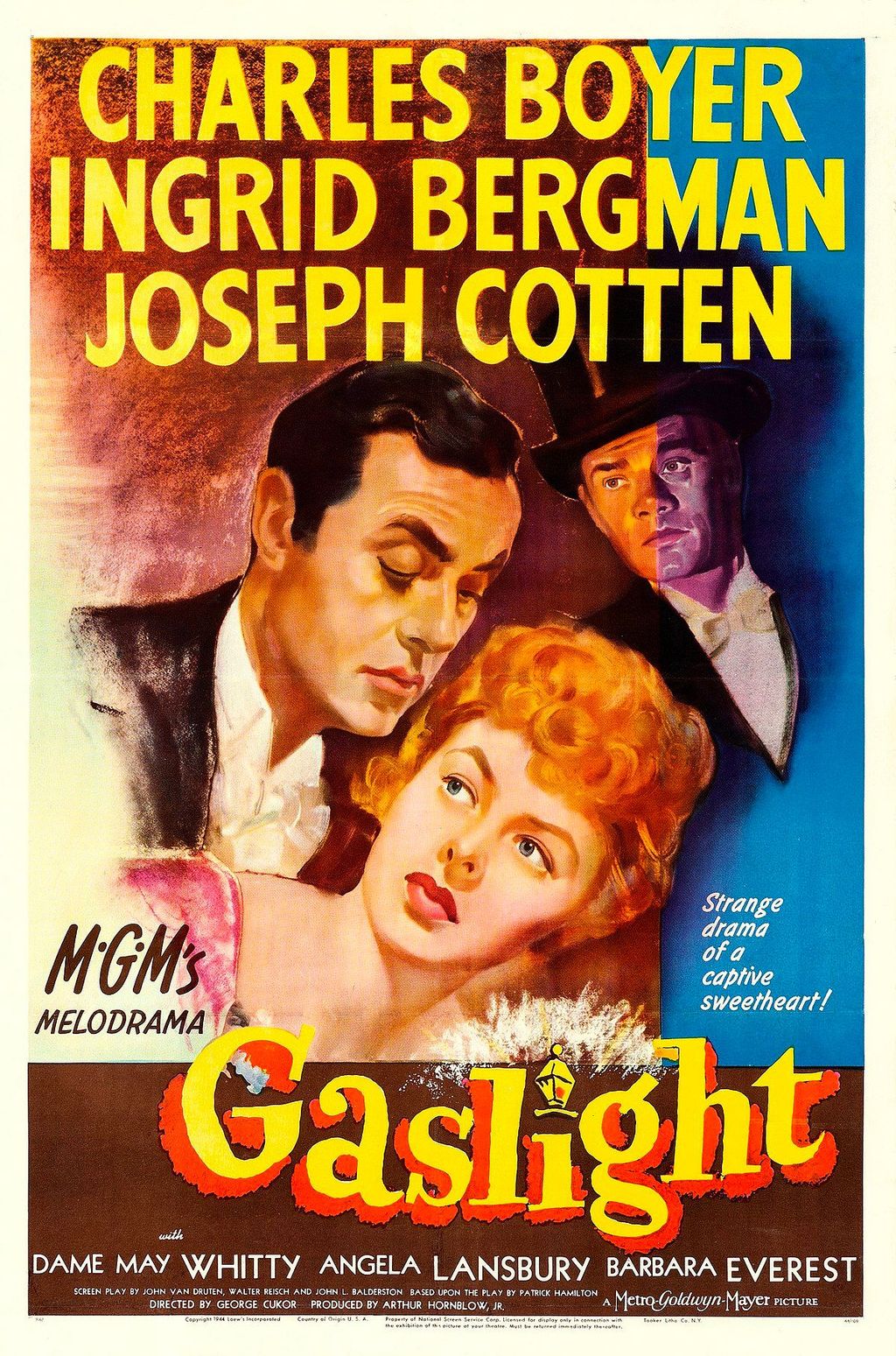
John Mayer is more than just a Grammy-winning artist; he’s a guitar icon whose innovative blend of blues, rock, and pop has captivated millions and defied expectations. For decades, the blues landscape seemed dominated by the towering figures of the past – B.B. King, Albert King, Rory Gallagher, Duane Allman, Robert Johnson, Eric Clapton – their sounds ringing through every aspiring guitarist. Then, in the late 1990s, a ‘new kid on the block’ emerged, challenging perceptions and infusing the genre with a fresh perspective. Mayer’s unique approach and willingness to explore diverse sonic territories quickly set him apart, making him a figure of intense fascination.
While often lauded as one of the greatest musicians of recent times, Mayer’s foray into pop music has, at times, made him a ‘controversial’ figure among blues purists. Yet, this very willingness to transcend genre boundaries is precisely what makes his journey so compelling, and his choice of instruments a window into his artistic evolution. He’s a player who not only masters his tools but often collaborates in their creation, ensuring they meet his exacting standards for tone, playability, and expression. His arsenal is a testament to a lifelong quest for the perfect sound, a curated collection reflecting every stage of his illustrious career.
From the hallowed halls of Berklee College of Music to sold-out arenas worldwide, Mayer’s hands have graced an extraordinary array of six-strings, each with its own story, its own sonic signature. Today, we embark on an exclusive journey deep into the heart of John Mayer’s exotic guitar collection, meticulously examining the instruments that have defined his unparalleled sound. This first installment will shine a spotlight on some of his most iconic and personally significant guitars, delving into their origins, features, and the indelible mark they’ve left on his music. Prepare to uncover the secrets behind the tones that have shaped a generation of guitar enthusiasts.

1. **PRS Silver Sky**The announcement of the PRS Silver Sky in 2018 sent ripples, and arguably a few shockwaves, throughout the guitar community, sparking one of the biggest controversies in the industry. John Mayer, a musician famously synonymous with the Fender Stratocaster, revealed his collaboration with Paul Reed Smith on a new signature Strat-style instrument. This audacious move signified Mayer’s fearless embrace of new frontiers, demonstrating a willingness to evolve beyond established norms while still paying homage to his deep roots. It was a bold statement, reflecting an artist constantly pushing the envelope of his craft.
Mayer himself addressed the whirlwind of opinions surrounding the Silver Sky, as covered by Guitar World, offering a perspective that illuminated his artistic philosophy. He acknowledged that ‘Of course, there are going to be people who will never embrace it, and that’s fine. But it’s been interesting to watch players adapt to it. I think there is a desire for guitarists to hold something that’s a bit evolved.” This insight speaks volumes about the Silver Sky’s intent: to replicate the revered vintage qualities of old Fenders while subtly integrating more advanced, player-friendly traits for the contemporary musician.
From 2018 to the present day, Mayer has amassed a collection of Silver Sky guitars, each sporting different finishes, a testament to his ongoing commitment to the model. The prestige of the Silver Sky is rooted in its meticulous design, featuring PRS’s custom 635JM single-coil pickups, engineered to deliver iconic treble-heavy tones with almost no hum. While its ‘3+3′ headstock departure from Fender drew some purists’ dissatisfaction, the Silver Sky stands as a remarkably reliable instrument, boasting additional ergonomic features that enhance playability and comfort. It’s a modern classic, born from controversy but solidified by its undeniable quality and Mayer’s unwavering endorsement.
Read more about: Navigating the Depreciation Minefield: The Fastest Depreciating Cars of 2025 and What It Means for Your Wallet

2. **2015 PRS Super Eagle Prototypes**Before the Silver Sky became a staple, John Mayer’s journey with Paul Reed Smith began in earnest with the 2015 PRS Super Eagle Prototypes, marking his first official collaboration with the esteemed company. These instruments were not merely production models; they were specially designed for Mayer’s extensive touring with the legendary band Dead & Company. This signified a pivotal moment in his career, embracing new musical horizons and laying the groundwork for future signature models.
Working directly with Paul Reed Smith himself on these bespoke pieces underscored the deeply personal and collaborative nature of their partnership. In 2015, Mayer received three distinct prototypes: an initial solid-body guitar with a lighter finish, and subsequently two semi-hollow-body guitars with slightly darker finishes. While Mayer never publicly detailed the precise distinctions between the semi-hollow models, their presence highlights his meticulous search for subtle tonal nuances and resonant qualities, crucial for the Dead & Company sound.
The evolution of the Super Eagle continued into Mayer’s 2016-2017 tour, during which a second version was crafted, this time showcasing a striking Hemp Green flamed maple finish. This ongoing development with PRS, tailored for the specific demands of a major touring act, speaks volumes about Mayer’s commitment to achieving a particular tone and feel for each musical endeavor. These prototypes are more than just guitars; they are bespoke instruments born from deep collaboration, engineered to meet the unique requirements of a musician constantly seeking perfection.

3. **2004 Fender Black One Stratocaster**Among the pantheon of John Mayer’s illustrious guitar collection, the ‘Black One’ Stratocaster holds truly legendary status, becoming one of the instruments most intimately associated with his signature sound and identity. Though not solely the handiwork of master builder John Cruz from Fender’s Custom Shop, Mayer himself had significant input in its creation, even contributing particular details by hand. This collaborative effort transformed the Black One into more than just a guitar; it became an extension of Mayer’s artistic vision, a tangible representation of his relentless pursuit of a distinctive tone.
Mayer candidly shared the deeply personal narrative behind his Black One with Music Radar, revealing a connection that traces back to his childhood fascination with discovery. He recounted, “So I went down to Corona, California to the [Fender] Custom Shop for two days. Started from scratch, picked a block of wood, y’know, knocked on it – which did nothing but it made me feel like I was looking for tone!” This charming anecdote underscores his hands-on approach and profound dedication to the instrument’s very essence.
Finished in November 2004, the Black One quickly became a cornerstone of Mayer’s live and studio rig. Its specifications reflect a carefully considered design: a comfortable C-shaped maple neck paired with an African rosewood fretboard for smooth playability. Aesthetically, its relic’d black finish, deliberately battered to evoke years of storied use, makes it instantly recognizable, whispering tales of countless performances. Crucially, it’s equipped with specially designed single-coil pickups, crafted precisely to Mayer’s own preferences, ensuring its voice is unmistakably his. It is a guitar imbued with history, personality, and the very soul of his blues-infused rock.
Read more about: The Hallowed Halls of Rock: Unearthing Eric Clapton’s Most Valuable Vintage Guitars

4. **2004 Fender John Mayer Stratocaster Prototype**John Mayer’s profound admiration for the iconic Stevie Ray Vaughan naturally led him to Fender, culminating in a special signature model under his own name. His journey with this particular instrument began in 2004, where he was frequently seen with what was most likely a prototype model, paving the way for its eventual commercial release in 2005. This collaboration wasn’t just about putting his name on a headstock; it was about refining a classic to meet his specific artistic demands, building upon the legacy of the greats while forging his own path.
In that pivotal year, Mayer acquired two prototype models, both meticulously crafted by the esteemed Chris Fleming. These prototypes drew clear inspiration from the revered Stevie Ray Vaughan tribute signature model, a guitar that held immense significance for Mayer as an aspiring musician. However, Mayer’s discerning ear dictated specific modifications: the pickups were uniquely voiced according to his personal preferences, ensuring a tonal character distinctly his own. Furthermore, the bridge reverted to its normal tremolo bar orientation, a practical adjustment reflecting his playing style and stage requirements.
These early prototypes offer a fascinating glimpse into the evolution of a signature instrument, showcasing the iterative process between artist and luthier. They highlight Mayer’s hands-on involvement in shaping his tools, ensuring that every detail contributed to his desired sound. The 2004 Fender John Mayer Stratocaster Prototype, with its sunburst finish, represents not just a guitar, but a crucial step in formalizing Mayer’s sonic identity with Fender, solidifying his place among the pantheon of Stratocaster legends.

5. **1996 Fender Stevie Ray Vaughan Stratocaster**Before his own signature models became ubiquitous, John Mayer’s initial deep dive into the world of Fender Strats was through the 1996 Stevie Ray Vaughan signature model. For Mayer, SRV wasn’t just a guitar legend; he was a personal hero, an unparalleled source of inspiration whose fiery blues licks resonated deeply within him. Acquiring such an instrument was not merely a purchase; it was a tribute, a rite of passage for a burgeoning blues-rock phenom, a tangible connection to the sound that first ignited his passion.
This six-string arrived with the classic sunburst finish and all the essential features characteristic of the SRV signature series. However, as is often the case with an artist as meticulous as Mayer, the guitar did not remain in its factory state for long. Over the years, it underwent various modifications, each adjustment reflecting Mayer’s evolving tastes and specific demands for tone and playability. There are numerous accounts detailing the instrument’s alterations, suggesting a constant refinement process as he integrated it more deeply into his sound.
While the exact whereabouts of this particular guitar remain somewhat shrouded in mystery, it is widely assumed that this pivotal instrument is still in Mayer’s possession. Its significance lies not just in its pedigree, but in its role as a foundational piece in Mayer’s journey to becoming a Stratocaster maestro. The 1996 Fender Stevie Ray Vaughan Stratocaster stands as a powerful symbol of artistic lineage, a bridge between Mayer’s influences and his own emerging voice, a guitar that whispers the echoes of a personal hero while laying the groundwork for a unique legacy.

6. **1990s Squier Stratocaster**Every legendary musician has a beginning, a humble first instrument that sparks a lifelong obsession. For John Mayer, that catalyst was a 1990s Squier Stratocaster. While it may not have been his absolute first-ever guitar, it undeniably served as a crucial ‘right of passage’ into the world of avid Stratocaster players, laying the essential groundwork for his distinctive style. In an interview with Fender, Mayer himself spoke fondly of this modest Squier, underscoring its profound impact on his development as a guitarist.
He famously stated, “My first electric guitar was a Squier, so I’ve kind of grown-up native to the shape and the sound and the feel of a Stratocaster. I kind of learned my way around the guitar on it.” This quote eloquently captures the formative role the Squier played, embedding the iconic Stratocaster shape, sound, and feel deep within his musical DNA. It was on this simple instrument that he honed his nascent skills, experimented with tones, and began to develop the nuanced touch that would later define his playing.
The Squier Stratocaster was a standard model, featuring a rosewood fingerboard, quite similar in construction to today’s popular Bullet Strats. It was a no-frills workhorse that allowed a young Mayer to explore the vast sonic landscape of the electric guitar without inhibition. While only one official photograph of him holding this foundational instrument exists, its historical significance cannot be overstated. Its current whereabouts remain uncertain, but its legacy lives on as the humble origin point of one of the most celebrated guitarists of his generation, a testament to the fact that greatness can truly begin anywhere.

7. **2000s Fender Custom Shop Stratocaster (Inca silver with red stripes)**Delving deeper into John Mayer’s extensive Fender catalog from the early 2000s reveals a truly striking and unique instrument: his silver Stratocaster, presumed to be finished in an ‘Inca silver’ hue, distinguished by three prominent red stripes adorning the treble side of its body. This guitar stands out not just for its visual flair but for its likely origins within the hallowed workshops of the Fender Custom Shop, indicating a specially commissioned piece designed to Mayer’s precise specifications during a period of prolific creativity.
While absolute confirmation is elusive, strong indications suggest that Mayer personally ordered this distinctive instrument from Fender’s Custom Shop. The choice of an Inca silver finish, coupled with the eye-catching red stripes, points to an artist with a clear aesthetic vision, desiring a guitar that was both sonically superior and visually arresting on stage. The fretboard, notably not maple, aligns with the rosewood preference often seen in his collection, echoing the classic designs of 1960s Stratocasters and hinting at a vintage-inspired yet custom-tailored feel.
This particular Custom Shop creation found its way into significant aspects of Mayer’s early career. It can be prominently seen in the music video for ‘Bigger Than My Body,’ a track from his critically acclaimed second studio album, ‘Heavier Things.’ Furthermore, it was a familiar sight during his live performances in the early 2000s, suggesting it was a trusted companion on stage. The Inca silver Stratocaster with its bold red stripes remains a captivating piece of Mayer’s legacy, embodying his early embrace of bespoke instruments that marry classic Fender aesthetics with his individual artistic demands.
John Mayer’s foundational Fenders and groundbreaking PRS collaborations provided a blueprint for his signature sound. Yet, to truly grasp the depth of his sonic exploration, we must venture beyond the instantly recognizable and delve into the more diverse, at times enigmatic, corners of his guitar collection. This journey reveals an artist constantly seeking unique voices and pushing creative boundaries, a testament to his relentless curiosity and unwavering commitment to his craft.

8. **1990s Fender or Squier Stratocaster (Natural)**Following his formative Squier, Mayer’s Stratocaster journey continued with a natural-finished model from the mid-1990s, shrouded in intriguing mystery. Its exact origin, whether Fender or Squier, remains uncertain due to scarce documentation. This ambiguity, however, highlights a period of experimentation where the instrument’s pedigree was perhaps secondary to the music being created.
A distinctive “JM” logo on the pickguard instantly marks this Strat as deeply personal, foreshadowing the custom instruments that would later define his career. This wasn’t merely an off-the-rack guitar; it was already becoming an extension of his identity, a canvas for his nascent artistic expression and an early assertion of his unique voice.
Further adding to its enigmatic charm, Mayer reportedly performed a neck replacement on this guitar. Such a modification, especially early on, underscores his hands-on approach and quest for optimal playability. It suggests an artist meticulously fine-tuning his tools to match his evolving technique, demonstrating a profound understanding of how subtle changes can impact performance. This natural Strat, though a puzzle, offers a compelling glimpse into Mayer’s discerning formative years.

9. **2000s Fender Stratocaster (Blue)**As John Mayer entered the new millennium, a vibrant blue Fender Stratocaster became a prominent fixture, intimately associated with his acclaimed “Room for Squares” era. This instrument wasn’t just another guitar; it was a visual and sonic cornerstone as Mayer’s songwriting captivated a global audience. Its presence on stages during the 2001 tour, notably for ‘Something’s Missing,’ etched its image into countless fans’ memories.
The guitar’s aesthetic nodded to vintage elegance, featuring a classic “lake placid blue” finish complemented by a light-green pickguard. The rosewood fingerboard firmly placed it in the lineage of revered 1960s Stratocasters. These deliberate choices reflected Mayer’s burgeoning appreciation for classic Fender aesthetics, blending them seamlessly with his contemporary sound.
While the current whereabouts of this iconic blue Strat remain unknown, its impact on Mayer’s early career is undeniable. It served as a reliable workhorse, a trusted companion that helped define the live sound of his breakout album. Its distinct visual identity and dependable performance contributed significantly to the sonic tapestry of a pivotal time, allowing Mayer to translate his intricate songwriting into compelling live experiences.

10. **Novax Expression**Few guitars in John Mayer’s collection exemplify his adventurous spirit quite like the Novax Expression. This instrument, far from conventional, strikingly demonstrates his willingness to embrace innovation. What immediately distinguishes the Novax is its radical fanned-fret design, a feature typically found on instruments for progressive metal and avant-garde virtuosos. Its inclusion in Mayer’s blues-infused rock repertoire unequivocally signaled a musician unafraid to traverse uncharted sonic territories.
The very concept of fanned frets, where each fret is angled for different scale lengths across the strings, is an engineering marvel. This design ensures optimal intonation and consistent string tension, allowing for greater comfort and a broader dynamic range. For Mayer, whose playing balances technical precision with soulful expression, the Novax offered a unique platform to explore new harmonic possibilities, literally bending traditional guitar design rules. Its “mutated Fender Stratocaster” appearance only adds to its mystique.
Adding to its legend, the Novax Expression graced the cover art of Mayer’s seminal 2001 album, “Room for Squares,” instantly imbuing it with iconic visual status. Equipped with three single-coil pickups, it offered a familiar tonal landscape within its groundbreaking structural framework. While its current ownership remains unconfirmed, its enduring presence in discussions about his gear speaks volumes: it embodies Mayer’s deep-seated curiosity and relentless pursuit of the perfect tone, irrespective of conventionality.

11. **’03 Rick Turner Model 1**Venturing further into the unexpected, we encounter the ’03 Rick Turner Model 1, an instrument whose design philosophy sharply deviates from the classic Fender lineage. This “odd” guitar, though perhaps best known through Lindsey Buckingham of Fleetwood Mac, found its way into John Mayer’s hands in 2003, debuting during live performances of “Bigger Than My Body.” Its presence in his rig underscored a crucial facet of Mayer’s artistry: a discerning ear seeking specialized tools for distinct sonic textures.
What truly sets the Rick Turner Model 1 apart is its sophisticated electronics and unique construction. The semi-hollow body boasts versatile features, including split humbuckers for single-coil tones, a built-in piezo system for acoustic-like sounds, and an onboard preamp. Furthermore, a specially designed EQ offers unparalleled tone-shaping control directly from the instrument. This sonic malleability speaks to Mayer’s pursuit of a broad palette, allowing him to dial in precise sounds for specific musical passages.
Mayer’s use of the Rick Turner Model 1, albeit intermittently, highlights his strategic approach to instrumentation. It served as a specialized piece, deployed when its unique capabilities were precisely what a song demanded. This careful selection, choosing an instrument celebrated for its unconventional features and advanced electronics, further illustrates his commitment to exploring the full spectrum of sonic expression, integrating such distinctive guitars into his varied musical landscapes.

12. **1960s Fender Stratocaster (Heavier Things cover)**Few images are as iconic in John Mayer’s discography as the vintage Fender Stratocaster gracing the cover of his acclaimed 2003 album, “Heavier Things.” This instrument immediately conveys timelessness and a deep reverence for the golden era of electric guitars, serving as a powerful visual metaphor for the album’s sophisticated blend of blues and pop. While definitive confirmation of its actual studio use remains elusive, its prominent display undeniably cemented its place in Mayer’s lore as a profound artistic statement.
Upon closer inspection, the guitar’s characteristics – particularly its rosewood fretboard – strongly point to a manufacturing date within the early to mid-1960s, with many aficionados narrowing it down specifically to 1963. This period is often considered a zenith of Fender’s craftsmanship, producing instruments renowned for rich, resonant tones and impeccable playability. The relic’d appearance of the Strat on the album cover further suggests a guitar steeped in history, absorbing countless hours of play and performance.
Whether serving as a muse or shaping the album’s sound, this 1960s Stratocaster is a powerful symbol of Mayer’s deep appreciation for vintage instruments. It showcases his commitment to honoring the heritage of the electric guitar while forging his own path. Its presence on “Heavier Things” speaks to the enduring allure of classic Fender designs and Mayer’s skill in weaving that storied tradition into his contemporary music.

13. **1961 Fender Stratocaster With Hardtail Bridge**Another remarkable vintage gem in John Mayer’s extensive collection is a pristine white 1961 Fender Stratocaster, distinguished by a hardtail bridge. Revealed by Mayer himself to be a 1961 model, this instrument highlights his discerning eye for subtle yet impactful variations in classic designs, understanding how each modification contributes to a unique sonic fingerprint.
The hardtail bridge, while less common on Stratocasters, is a deliberate choice for players seeking increased sustain, enhanced tuning stability, and a more direct transfer of string vibration to the body. This configuration eliminates the resonant complexities of a tremolo system, yielding a tighter, more focused attack and a robust fundamental tone. Mayer specifically utilized this instrument for ‘Something Like Olivia,’ a choice that undoubtedly capitalized on its inherent sonic qualities, demonstrating his meticulous gear selection for particular musical contexts.
Mayer’s likely continued ownership of this 1961 hardtail Strat, given its unique characteristics and his personal attachment, further illustrates his deep dive into the nuances of vintage Fender craftsmanship. It’s not just about collecting old guitars; it’s about understanding their individual voices and how they integrate into a broader artistic vision. This guitar stands as a testament to his connoisseurship, showcasing how even a seemingly minor deviation can unlock a distinctive and irreplaceable sound within his vast sonic palette.

14. **1903 Vinetto Legato**Concluding our journey through John Mayer’s “unexpected gems,” we arrive at the intriguing 1903 Vinetto Legato, an instrument blurring the lines between classic Telecaster aesthetics and a versatile, modern approach to tone. Crafted by Vince Cunetto, a former Fender Custom Shop builder, this guitar embodies bespoke quality and innovative design. Its origins with a builder of such pedigree immediately elevate its status, placing it firmly in the realm of high-craft instruments.
On the surface, the Vinetto Legato presents itself with the iconic silhouette of a Telecaster, revered for its simplicity and biting tone. However, beneath this familiar exterior lies a significant departure: it features three Seymour Duncan pickups, a configuration more commonly associated with Stratocasters, offering an expanded tonal palette far beyond a traditional two-pickup Tele. This deliberate choice to blend familiar forms with enhanced versatility showcases Mayer’s constant quest for instruments that can cover a broader sonic range.
While some believe it was used only once live in August 2003, other accounts suggest more frequent deployment in subsequent years, underscoring its utility in Mayer’s performances. The Vinetto Legato, with its classic Telecaster-style bridge and custom electronics, serves as a powerful example of Mayer’s willingness to explore instruments both rooted in tradition and subtly reimagined. It stands as a vibrant illustration of his expansive sonic palette, embracing history while confidently stepping into new tonal landscapes.
As we conclude our deep dive into John Mayer’s extraordinary guitar arsenal, it becomes profoundly clear that his relationship with these instruments transcends mere ownership. Each guitar, whether a rare vintage treasure, a groundbreaking signature model, or an unexpectedly customized gem, tells a story—a narrative intricately woven into the fabric of his musical evolution. From the controversial PRS Silver Sky to the enigmatic Novax Expression, from his beloved “Black One” Strat to the nuanced Vinetto Legato, every piece is a carefully chosen brushstroke in his vast artistic canvas. Mayer isn’t just a player; he is a curator, a collaborator, and an innovator whose relentless pursuit of tone has not only defined his own legendary career but also inspired a new generation of musicians to continually push the boundaries of what a guitar can achieve. His collection is more than a list of gear; it is a vibrant, living history of an artist forever in dialogue with his craft, always searching for the next perfect sound.



